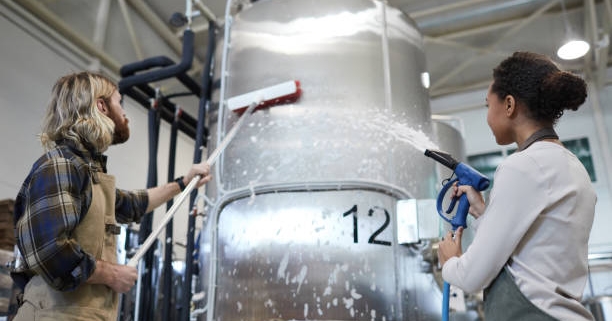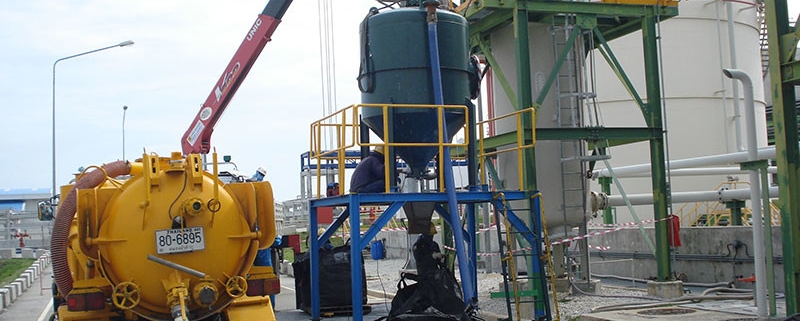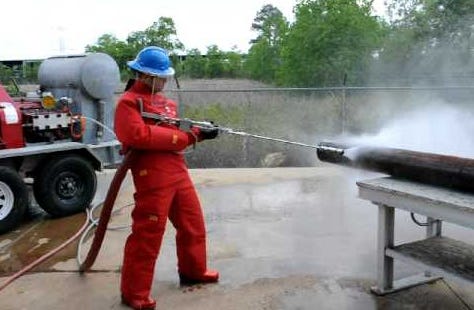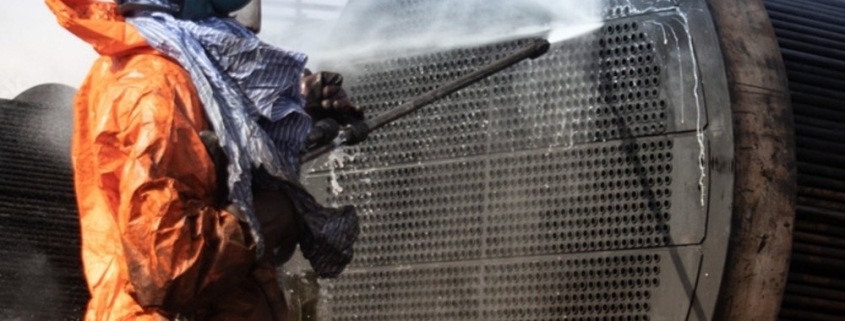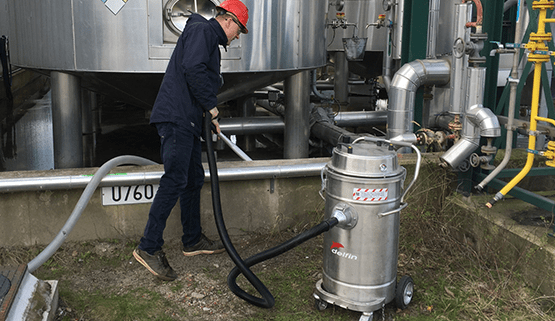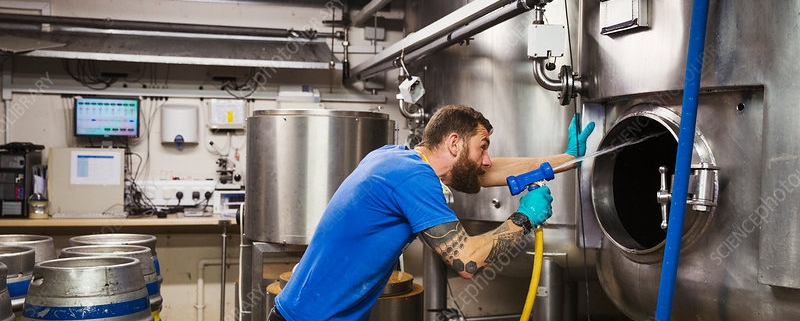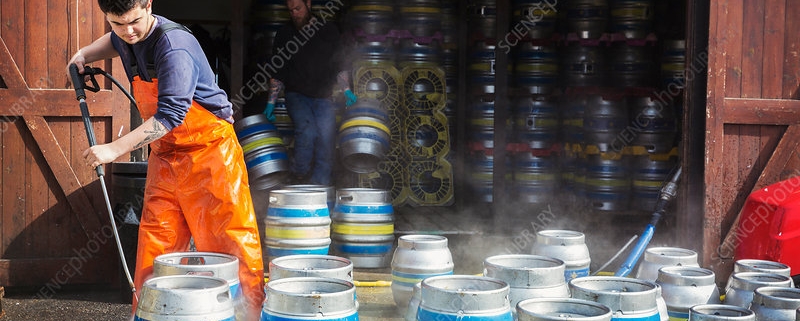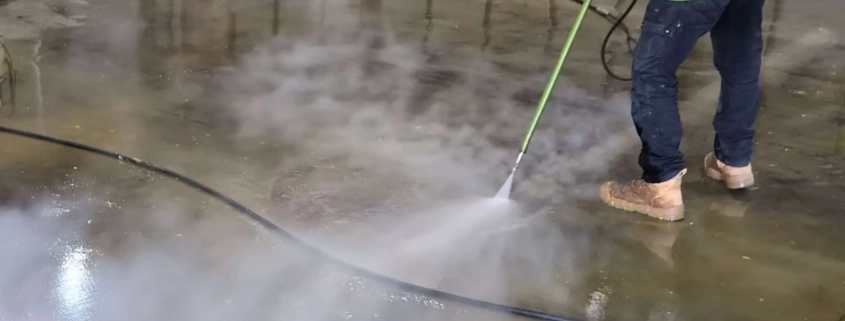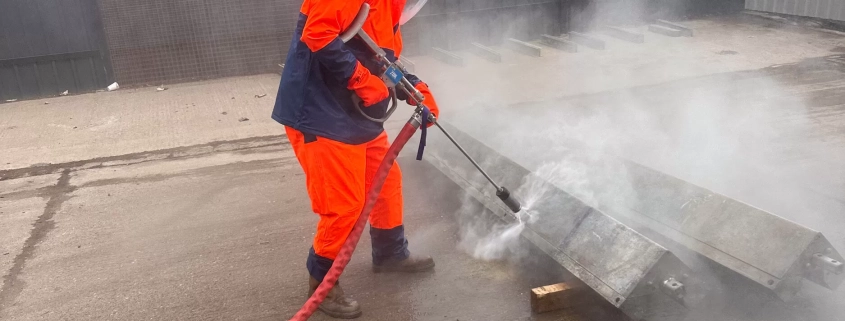Hydroblasting is a critical method used in power plants to maintain equipment and ensure efficient operation. By using high-pressure water jets, hydroblasting effectively removes stubborn deposits and contaminants from machinery surfaces and internal parts. This process helps to enhance the performance and longevity of power plant components, reducing the risk of breakdowns and increasing overall efficiency.
To achieve the best results, it is important to understand the intricacies of hydroblasting and follow the right techniques. Applying the appropriate water pressure, selecting the right nozzles, and employing the correct blasting methods are all crucial factors. When done correctly, hydroblasting can significantly improve the cleanliness and operational capacity of power plant equipment.
Safety plays a vital role in the hydroblasting process. High-pressure water jets can be dangerous, so adhering to strict safety protocols is essential. Additionally, regular maintenance of hydroblasting equipment ensures reliable performance and extends the lifespan of the tools. By understanding and implementing these best practices, we can maintain the highest standards of cleanliness and efficiency in our power plant operations.
Understanding Hydroblasting in Power Plants
Hydroblasting is a powerful cleaning method utilised in power plants to maintain equipment and enhance performance. It involves the use of high-pressure water jets to remove stubborn deposits such as scale, rust, and other contaminants from surfaces. The process is especially effective in cleaning heat exchangers, boilers, and turbines, where residues can build up and hinder efficiency.
By using hydroblasting, we can ensure our power plant equipment operates smoothly and efficiently. This method not only cleans surfaces but also penetrates hard-to-reach areas, ensuring that internal components are free from obstructions. Regular hydroblasting helps maintain optimal heat transfer and fluid flow, which are crucial for the efficient operation of power plant machinery. Understanding the key principles of hydroblasting allows us to apply this technique effectively and achieve the best results.
Key Techniques for Effective Hydroblasting
Effective hydroblasting requires a combination of proper techniques and the right equipment. One important technique is selecting the appropriate water pressure for the specific task. Different surfaces and contaminants require different pressure levels; using too much pressure can damage equipment, while too little may not effectively remove residues. Therefore, it is essential to adjust the pressure according to the cleaning requirements.
Choosing the right nozzle is also critical for successful hydroblasting. Nozzles come in various shapes and sizes, each designed for specific tasks. For example, a rotating nozzle might be used for cleaning large surface areas, while a pinpoint nozzle is ideal for targeting small, stubborn spots. Additionally, maintaining the correct distance between the nozzle and the surface being cleaned ensures effective results without causing damage. By mastering these key techniques, we can maximise the efficiency and effectiveness of our hydroblasting operations.
Safety Measures During Hydroblasting
Safety is paramount when conducting hydroblasting operations in power plants. High-pressure water jets, if not handled properly, can cause serious injuries. Therefore, we must always wear the appropriate personal protective equipment (PPE). This includes helmets, safety goggles, gloves, and specialised protective suits. These items shield us from potential hazards such as flying debris, high-pressure water streams, and chemical exposure.
In addition to wearing PPE, it is essential to follow strict safety protocols. Prior to beginning the hydroblasting process, we must ensure that all equipment is in proper working condition. This includes checking hoses, nozzles and pumps for any signs of wear or damage. During operation, maintaining a safe distance from the equipment being cleaned helps prevent accidental contact with the high-pressure streams. Regular training and adherence to safety guidelines ensure that we conduct hydroblasting operations without incidents.
Maintenance of Hydroblasting Equipment
Maintaining hydroblasting equipment is crucial for ensuring its longevity and effectiveness. Routine inspections are a fundamental part of this process. We should examine hoses, fittings, nozzles, and pumps regularly for any signs of wear, leaks or damage. Immediate replacement of worn-out parts is necessary to prevent equipment failure during critical operations.
Proper storage of hydroblasting equipment also plays a vital role in its upkeep. Equipment should be stored in dry, clean environments to prevent corrosion and other damage. Additionally, regular lubrication of moving parts and periodic servicing of pumps help maintain optimal performance. By following these maintenance practices, we can ensure that our hydroblasting equipment remains reliable and efficient, allowing us to achieve superior cleaning results in our power plant operations.
Conclusion
Hydroblasting is an essential technique in power plants for maintaining clean and efficient equipment. Understanding and implementing the correct techniques, such as selecting the right water pressure and nozzles, significantly enhance the effectiveness of our cleaning processes. Coupled with strict adherence to safety protocols and regular maintenance of equipment, hydroblasting ensures the continued optimal performance of power plant machinery.
By integrating these practices, we can maintain the cleanliness and efficiency of our power plant operations. This not only prolongs the lifespan of our equipment but also reduces the risk of breakdowns and ensures smooth and uninterrupted power generation. At TEGS Thailand, we are dedicated to using advanced hydroblasting techniques to provide outstanding industrial cleaning services.
For more information on how we can help with our hydroblasting services, contact TEGS Thailand today! Let us assist you in achieving a cleaner, safer, and more efficient power plant.

